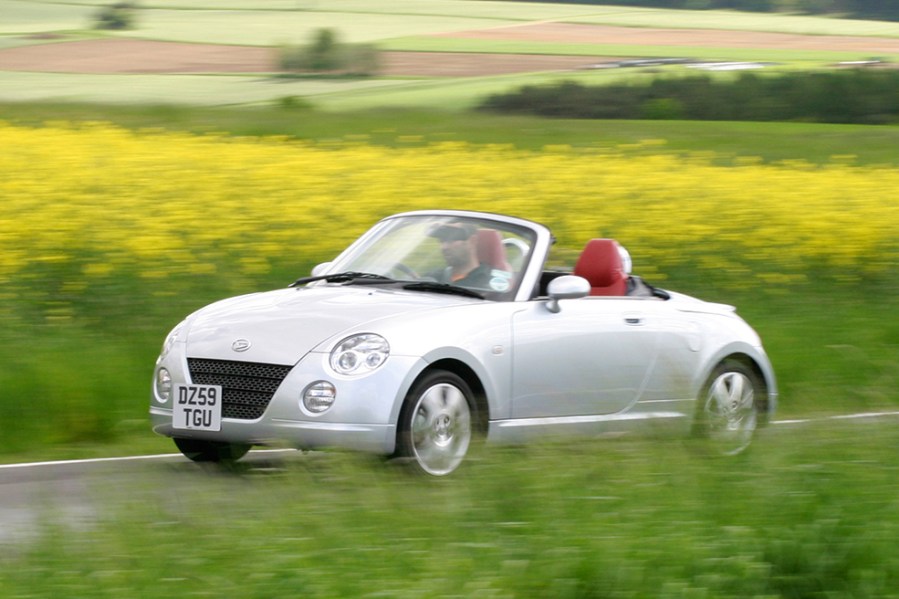Warm weather and long evenings got you looking at the classifieds for a cheap convertible car? Here are our picks under £3000
The British weather isn’t very conducive to the enjoyment of convertibles but that doesn’t seem to stop us wanting to buy them. Open-top motoring can be fun whatever the weather if you’re brave enough, and as this list proves, you don’t have to spend a lot of money to enjoy the option of folding the roof down.
While the glory days of truly cheap modern classics are largely behind us, there are still convertible bargains to had if you know where to look. Classic-specific classifieds are a good place to start your hunt, as are the myriad auction houses dotted around the country.
Many of the cars below will straddle the divide between classic and modern auction catalogues, so don’t forget to check both sides of the auction fence for potential low-cost summer fun.
MGF
While it has graduated from the bargain basement, the MGF remains a very affordable modern classic convertible. It’s a little harder to secure a bargain than in years gone by but our £3000 budget is still plenty.
The first MGF broke cover in 1995 and boasted Rover’s talented K-Series 1.8 as well as clever Hydragas suspension so it was brisk and comfortable to boot. Meanwhile, the TF with its projector style headlamps and traditional coil spring suspension came along in 2002 and lasted until 2005.
That mid-engine format provides excellent grip and good road holding, but its cramped position means it’s even more likely suffer head gasket failure and access isn’t brilliant. Electrical issues, such as non-starting or misfires, can also blight ownership – although usually a new set of HT leads and ignition coils will be all that’s needed.
The hood itself shouldn’t be a problem, although you can expect a few leaks on earlier examples. Nonetheless, all the parts are cheap and readily available; a good MGF should cost buttons to run and prove pretty reliable if you keep on top of maintenance.
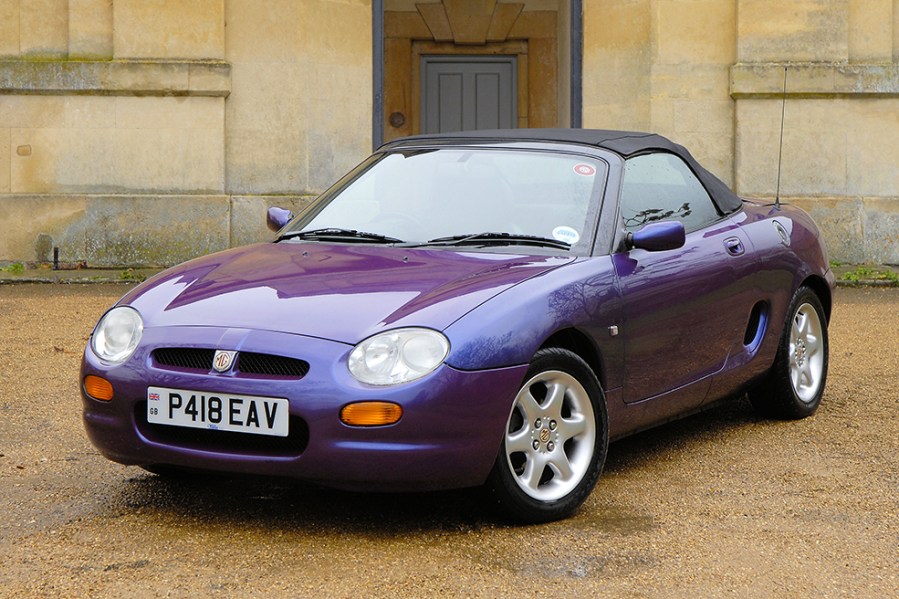
Mazda MX-5 Mk2
The MX-5 was the first car to prove beyond all doubt that convertible motoring didn’t need to be an exclusive affair, nor one ruined by a rubbish ride or iffy reliability. Indeed, since its launch in 1990, the MX-5 has set the benchmark by which most modern sports cars have been judged.
With prices for the iconic Mk1 MX-5 now well out of reach for many, we’d be more likely to opt for the post-1998 Mk2 MX-5 with conventional fixed lamps. It’s more rigid and has a glass (instead of plastic) rear screen, as well as a pokier 158bhp 2.0-litre engine in later examples. From this point on, the suspension was better and the cabin far more comfortable.
Buying an MX-5 is relatively straightforward. Listen for rattly hydraulic tappets and overheating and seized rear calipers. Rust is your biggest enemy, especially at this lower end of the market. The MX-5 can hide rust pretty well so we’d always recommend a professional inspection. Thankfully there’s no shortage of specialists around.
Volkswagen Golf Cabriolet Mk3
Volkswagen’s long-time association with coachbuilder Karmann had one huge benefit: it resulted in the production of some of the most refined mass-produced open top cars ever made. The topless Golf is a prime example with its top quality multi-layered, tightly fitting hood.
The Mk1 Cabriolet has seen its values rise recently but it should still be possible to find a good Mk3 example within out budget. The so-called Mk3.5 Cabrolet is essentially the same as its Mk3 predecessor but with Mk4 Golf styling and is also available in our budget.
Whichever you choose, reliability should be good but watch for blue smoke on early cars which points to worn valve guide seals, erratic running due to worn Pierberg carbs and problems with the optional hydraulically-operated power hood on later models. Oh, and early Golfs rot – especially in the sills and the front suspension turrets.
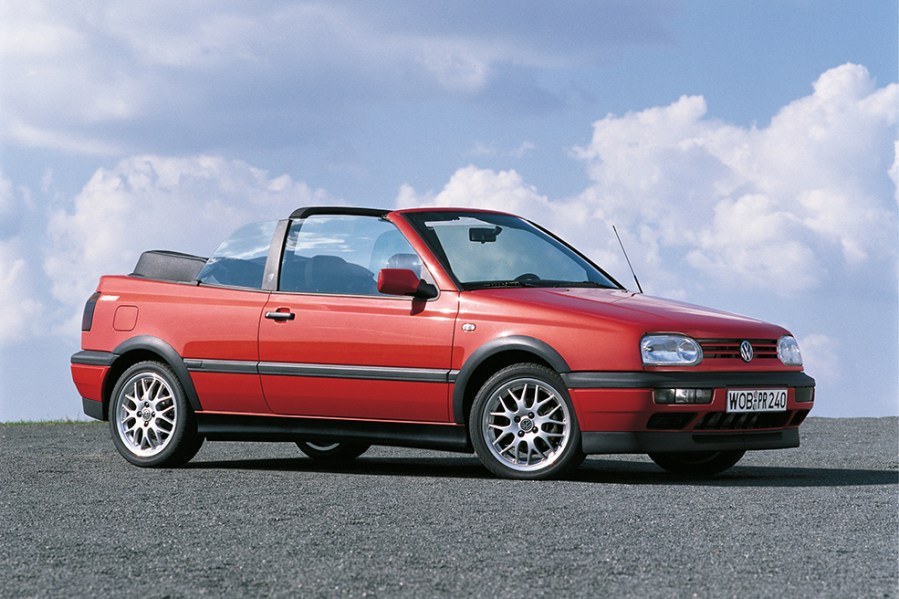
BMW Z3
Another bargain roadster on the climb out of the bargain basement, the BMW Z3 remains a fine sports car for those on a budget. You’ll need to buy now to get a good example for under £3000, however, with enthusiast attention growing for this previously underappreciated machine.
At its UK debut in 1996 the engine line up included a 115bhp 1796cc four-cylinder and a 16v 1.9 with 140bhp, a unit shared with the 318ti and the 318iS E36 Compact on which the Z3 was based. A five-speed transmission was standard, with the option of a four-speed ZF auto. A 193bhp 2.8 six-cylinder offered strong performance, while other options offered included the six-cylinder 2.0-litre from April 1999 and the 118bhp 1.8 (badged 1.9i) from 2000, followed by the 170bhp 2.2-litre and brutish 231bhp 3.0-litre six.
Suffice to say all will feel brisk, and near perfect weight distribution makes for a rewarding drive; it’s the four-cylinder models that are most likely to fall within budget, so adjust your expectations accordingly. Bar the odd electrical niggle, water leaks from the timing cover gasket and bust plastic water pump impellers (which will lead to overheating), the Z3 should prove robust.
Alfa Romeo Spider (916)
The Alfa Spider is the convertible version of the GTV and shares the same choice of pokey 150bhp 16v 2.0-litre Twinspark or lusty 226bhp 3.0-litre V6 engine. As well as the standard Spider, there was a Lusso model with opulent leather trim – these are worth searching out when sifting through the classifieds. The V6 won’t be in our budget but the Twinspark is no slouch.
Watch for excessive oil consumption on the Twinspark, as well as oil leaks from stripped sump plugs. Worn rear suspension control arms can end up being pricey if you have to replace all four. It is also imperative that any prospective purchase comes with its red master key.
Alfa interiors have never been the most robust, so check that it’s in good condition and that everything works – including the air-conditioning. Scuttle shake and wind noise are all par for the course, and hoods can be either manual or electric; the manual’s simple and bulletproof, but the electronically controlled roof can sometimes throw up faults, highlighted by a flashing warning light next to the operating switch on the rear of the centre console.
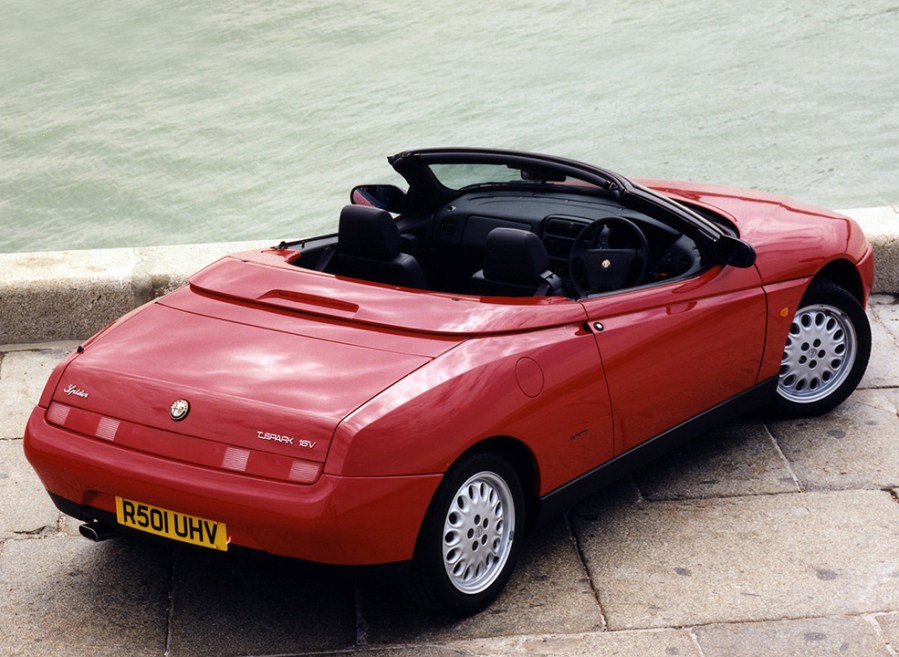
Toyota MR2 Mk3
The third-generation Toyota MR2 broke cover in 2000; it’s quick and hugely entertaining to drive, with a fizzy 138bhp 1.8-litre engine with variable valve timing tucked cosily in the middle.
Weighing in at 975kg, the MR2 is a lightweight soft-top convertible. It’s worth aiming at the post-facelift 2002 model with its six-speed gearbox and modified piston ring design, which meant there was no longer the risk of oil passing into the ceramic pre-cat system and causing them to disintegrate.
Some owners find the MR2 a bit tail happy in the wet so tyre choice is important – enthusiasts recommend the Toyo T1-R or Falken 914. Also beware failed electro-hydraulic steering pumps and fragile electrics on the optional sequential manual transmission models; a new Bosch ECU can be very expensive.
Otherwise, the only other niggle is the lack of a boot, so you’ll need to travel light!
Smart Roadster
Since the Smart Roadster was axed in 2008, the car has gained cult status among enthusiasts. Its buzzy mid-mounted 80bhp 698cc engine is pokey but still returns 55mpg economy, and while there’s no manual gearbox option, the poised chassis and compact dimensions mean there’s lots to have fun with.
Downsides are the tiny boot, the clumsy semi-auto gearbox, slow steering and a bit of a patchy reputation for reliability. Standard kit was decent, but the Light version from early 2004 was stripped out with steel wheels, no paddle shift and lower-rent seats. Roadster and Roadster Coupe bodystyles can be had, with the latter adding a glass rear and therefore more storage space; neither is a convertible in the truest sense, but both offer wind-in-the-hair thrills regardless.
Buyers should look for cracked exhaust manifolds, signs of overheating and lack of regular oil changes using a fully synthetic oil. Low oil levels or infrequent changes can lead to big problems and at worst the need for a replacement engine. Hoods didn’t fit particularly well either, so look for water in the footwells.
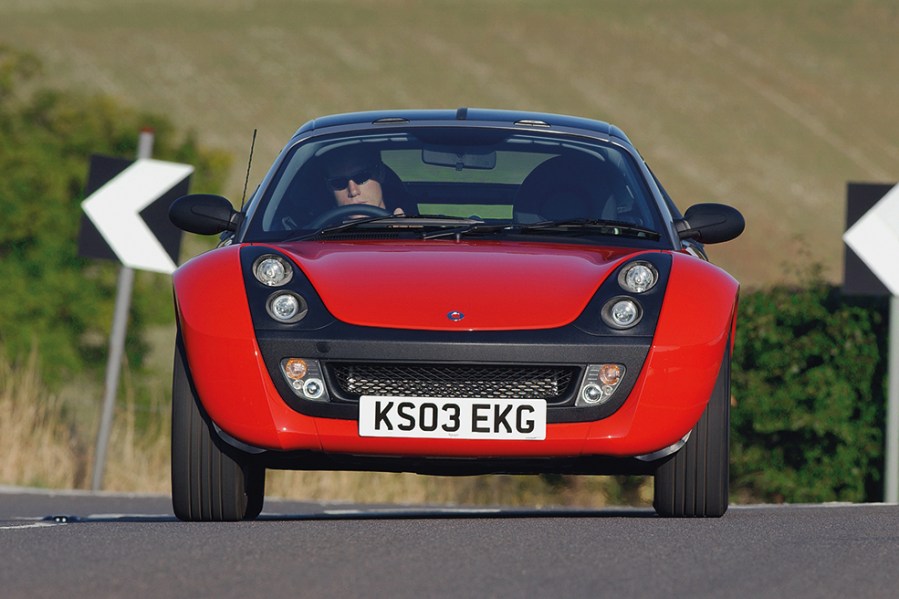
Daihatsu Copen
The tiny Daihatsu Copen was a rare sight on our roads in period and is even more so now, which is a shame because it’s fine modern-classic convertible with a slick folding roof and classic looks. Looking halfway between an Audi TT and a 1950s Porsche, its size provides a clue to its Kei car roots.
Power initially was from a Kei-compliant turbocharged 659cc four-cylinder engine which was replaced in 2006 with 86bhp 1.3-litre unit to meet European regulations. Both feel reasonably energetic, but the latter has enough power for a ten-second 0-62mph sprint while still returning fuel economy in the high 40s.
There’s some scuttle shake with the folding metal roof down and things are only marginally better with it up – but that shouldn’t detract from the sheer grin factor of this diminutive sports car.
Problems are rare, although rust was an issue on early examples due to lack of underseal and the turbo on the smaller engine can fail if oil changes haven’t been carried out every 3000 miles. Folding roof issues can sometimes be remedied by cleaning the contacts for the handbrake sensor to make sure the roof knows the handbrake is on before it opens.
